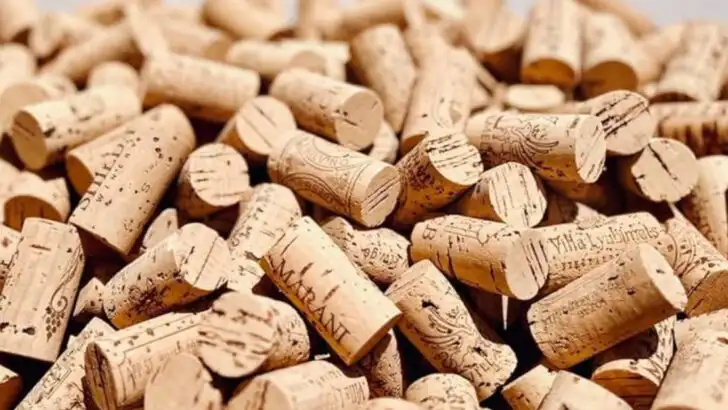Composting tends to revolve around the usual suspects fruit peels, veggie scraps, coffee grounds. But your compost pile is probably capable of handling way more than you think. A lot of everyday items we toss without a second thought could actually be feeding the soil instead of filling the trash.
Once you start paying attention, it’s kind of surprising how many things belong in the compost bin. From stuff in your junk drawer to bits from your bathroom, plenty of unexpected materials break down just fine and can even boost your compost’s quality. Here are 16 things you might not realize are compost-friendly,but absolutely are.
Wine Corks
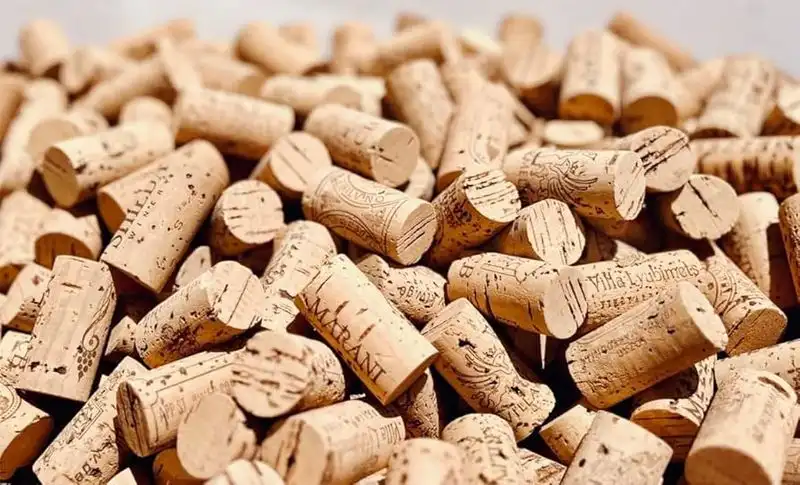
Wine corks often end up in the trash, but they can be a valuable addition to your compost heap. Made from natural cork, these stoppers decompose beautifully, enhancing the organic matter in your soil. It may surprise you, but breaking them into smaller pieces speeds up the process significantly.
Next time you open a bottle, think twice before discarding the cork. Composting these corks not only reduces waste but also contributes to a more sustainable lifestyle. Consider this a small, yet impactful step towards greener living.
A fun fact: cork trees are not harmed during harvesting, making cork products eco-friendly.
Pet Hair
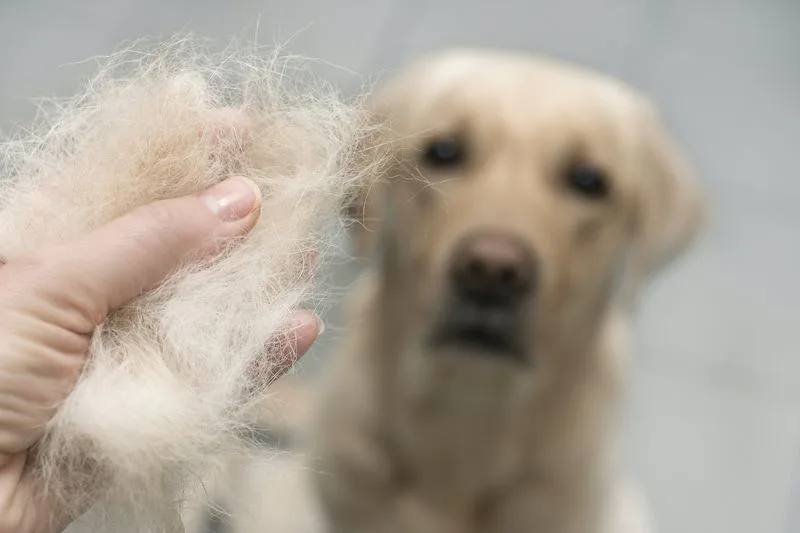
Most pet owners are familiar with the endless shedding of their furry friends. Instead of vacuuming it away, consider adding pet hair to your compost. Rich in nitrogen, it breaks down well and enriches the soil.
Incorporating pet hair into your compost might feel unusual, but it’s an effective way to repurpose what would otherwise be discarded. Pet hair acts as a dry material in compost, balancing moisture levels effectively.
Remember, though, only hair from healthy pets should be used, ensuring your compost remains clean and beneficial.
Old Spices
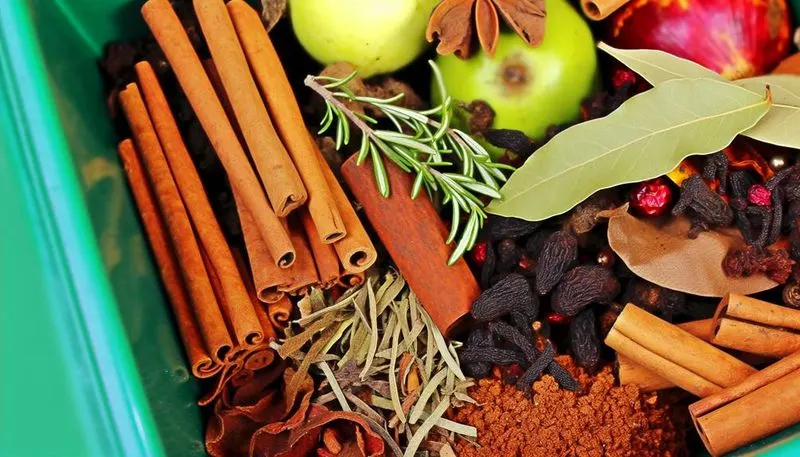
Forgotten spices in the back of your pantry can find new life in your compost pile. While no longer potent for cooking, they still decompose well and can deter pests within the pile.
Spices like cinnamon and cloves even offer antibacterial properties, supporting a healthier decomposition process. Sprinkling them into the mix not only reduces kitchen waste but adds a subtle fragrance.
Imagine turning those expired bottles into eco-friendly gold for your garden. This little trick can transform a tired spice collection into a garden booster.
Tea Bags
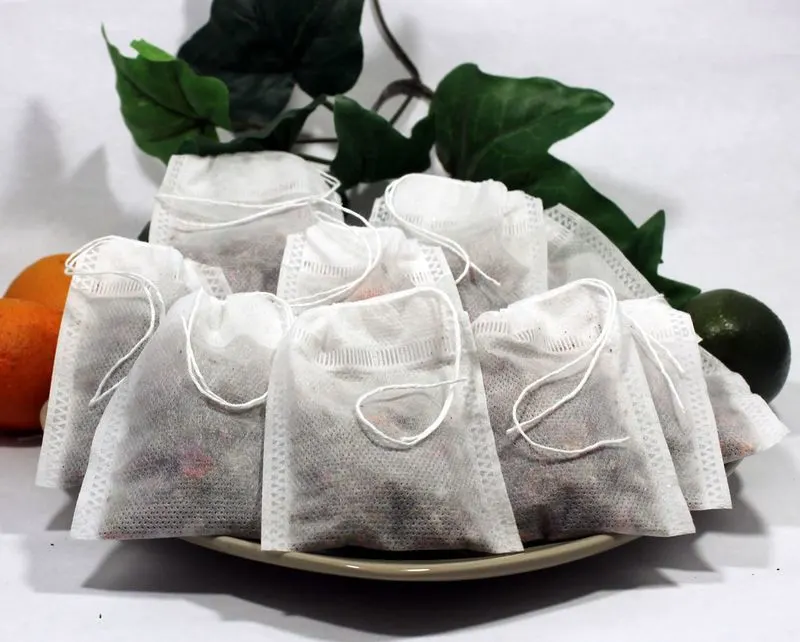
Tea lovers, rejoice! Those used tea bags can be composted, contributing valuable nutrients to your soil. Most tea bags are made from biodegradable materials, but it’s best to check if they contain polypropylene.
As you enjoy your daily brew, collect the bags and transfer them to your compost. They help improve soil structure, enhancing your garden’s vitality. Some tea bags also contain a small amount of nitrogen, boosting plant growth.
This simple habit not only lessens landfill waste but enriches your garden with every cup.
Cotton Swabs
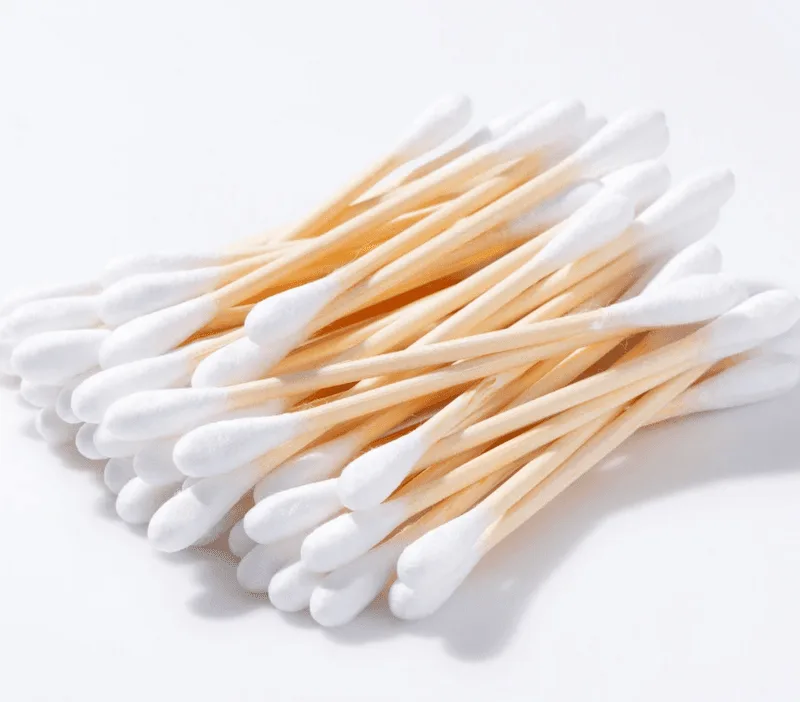
Cotton swabs, provided they’re made from 100% cotton and paper stems, can be composted. These everyday items decompose nicely, contributing to the organic material in your compost.
Next time you clean your ears or apply makeup, remember that these tiny tools have a second life. Composting them keeps plastics out of landfills, promoting a greener environment.
Their small size aids rapid decomposition, making them a convenient addition to your composting routine.
Pencil Shavings
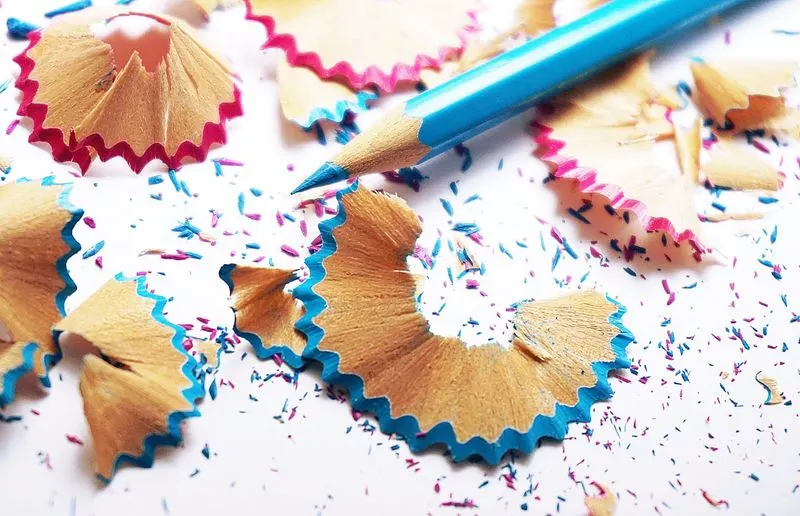
The remnants of your creative endeavors can indeed be composted. Pencil shavings, primarily made from wood, break down quickly and add carbon to your compost.
Don’t let those shavings go to waste, especially if they’re from unpainted or untreated pencils. Adding them to your pile helps maintain a balanced carbon-to-nitrogen ratio.
Consider it a poetic ending for your artistic process, as the shavings enrich the earth after serving their purpose in your hands.
Vacuum Cleaner Dust
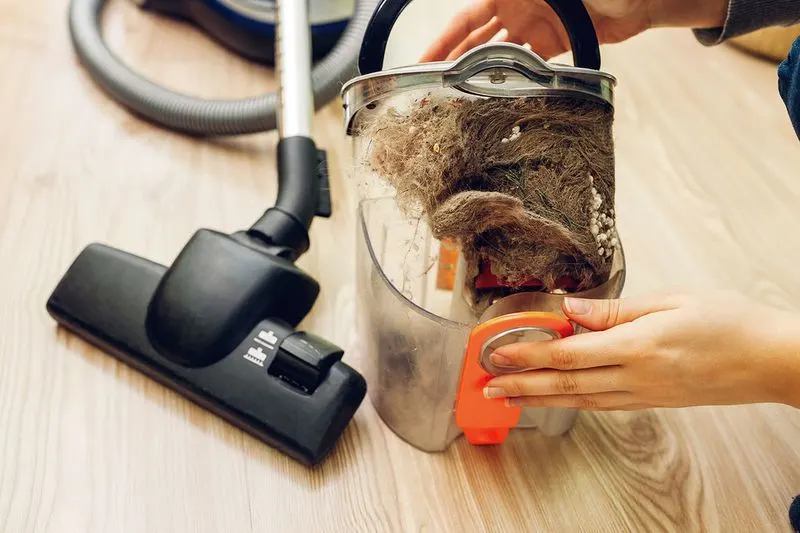
What lurks in your vacuum cleaner bag? Surprisingly, its contents can be composted, provided they’re from natural fibers and dust. This mix offers a rich source of organic material.
Before tossing, ensure there are no plastic or synthetic particles. Composting vacuum dust transforms mundane cleaning residue into garden nourishment.
Next time you clean, visualize the dust as potential growth for your plants, turning routine chores into gardening opportunity.
Used Tissues
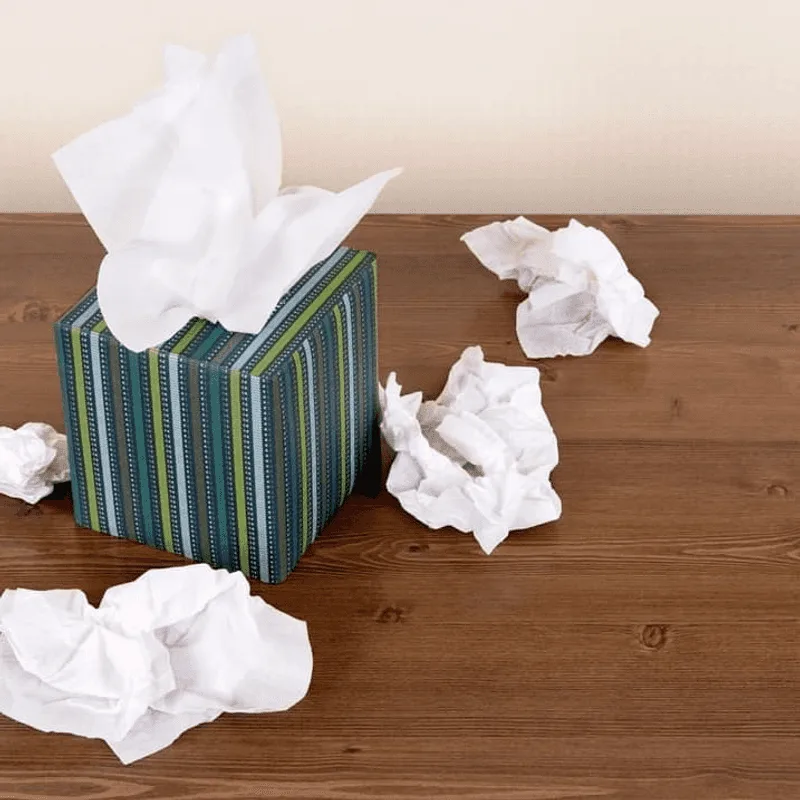
While used tissues might seem destined for the trash, they’re compostable if they aren’t contaminated with chemicals or non-biodegradable materials. Made from paper, they decompose efficiently.
This might feel like an unconventional choice, but tissues can add bulk and moisture to your compost pile. The next time you reach for a tissue, consider its potential beyond single-use.
By composting them, you’re not only reducing waste but also contributing to a more sustainable cycle of reuse.
Natural Loofahs
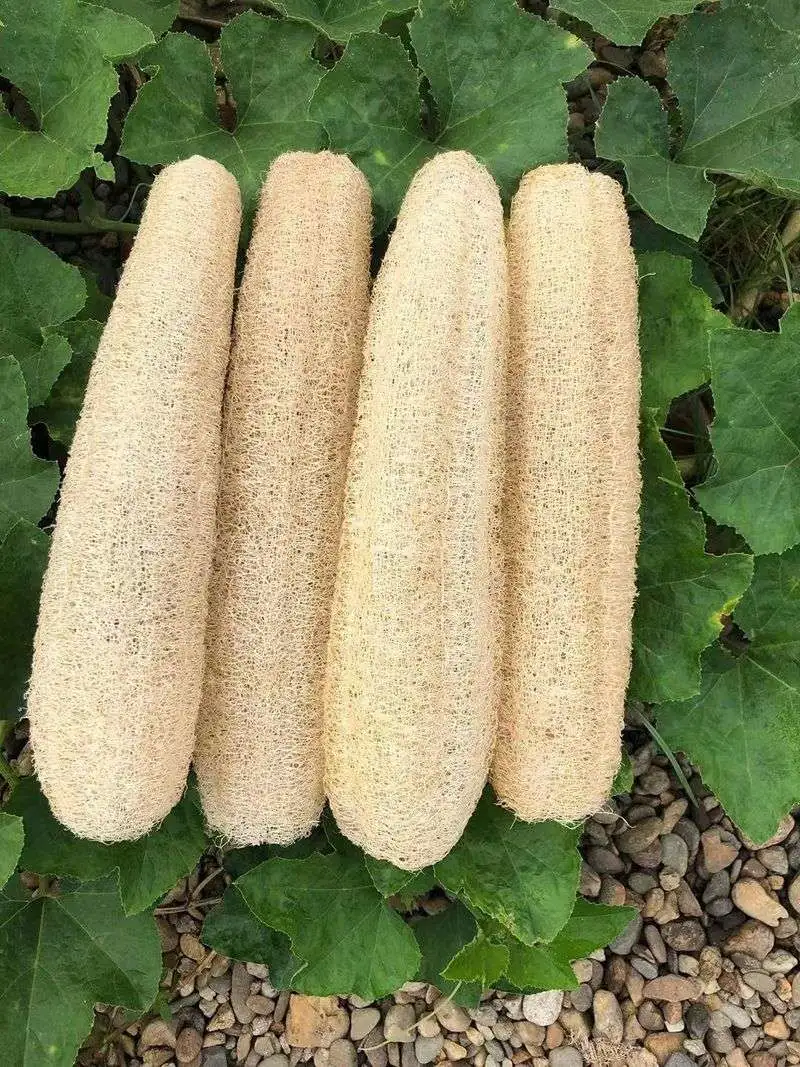
Natural loofahs, once they’ve served their purpose in your bathroom, can transition into your compost bin. Made from plant material, loofahs break down beautifully, adding organic matter.
As you replace your loofah, think of the garden, where it can foster new life. It’s a perfect example of closing the loop in your household’s sustainability practices.
This adds a new dimension to your composting, combining personal care with environmental responsibility.
Corkboard
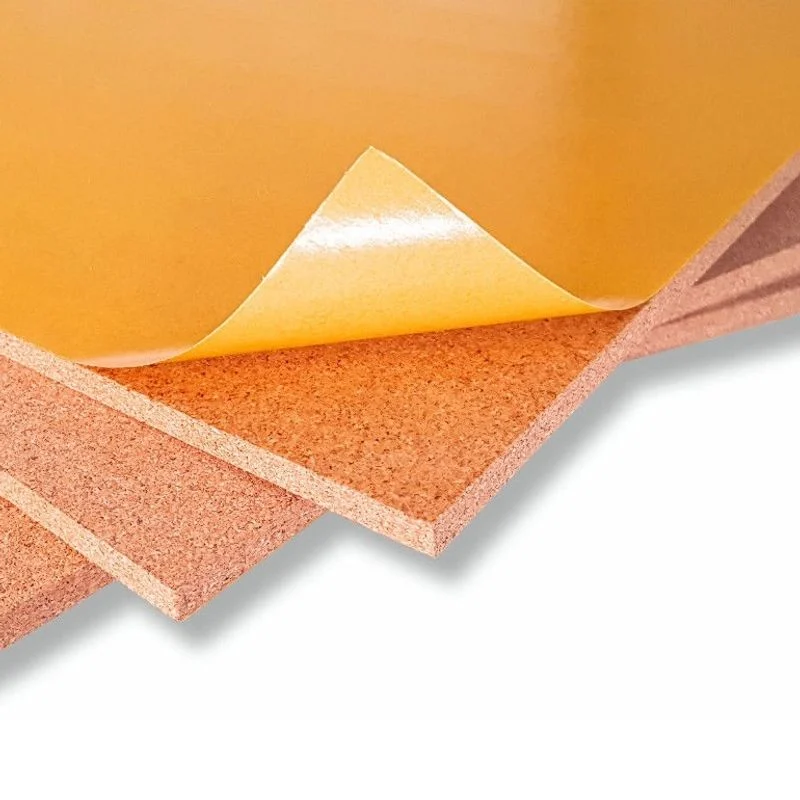
Old corkboards, often discarded, can be transformed through composting. As with wine corks, these boards, made of natural cork, decompose effectively.
Before composting, ensure that the corkboard is free of glue and synthetic materials. Breaking it into smaller pieces accelerates decomposition.
This can be a satisfying way to dispose of old office supplies, contributing to a waste-free lifestyle.
Cardboard Egg Cartons
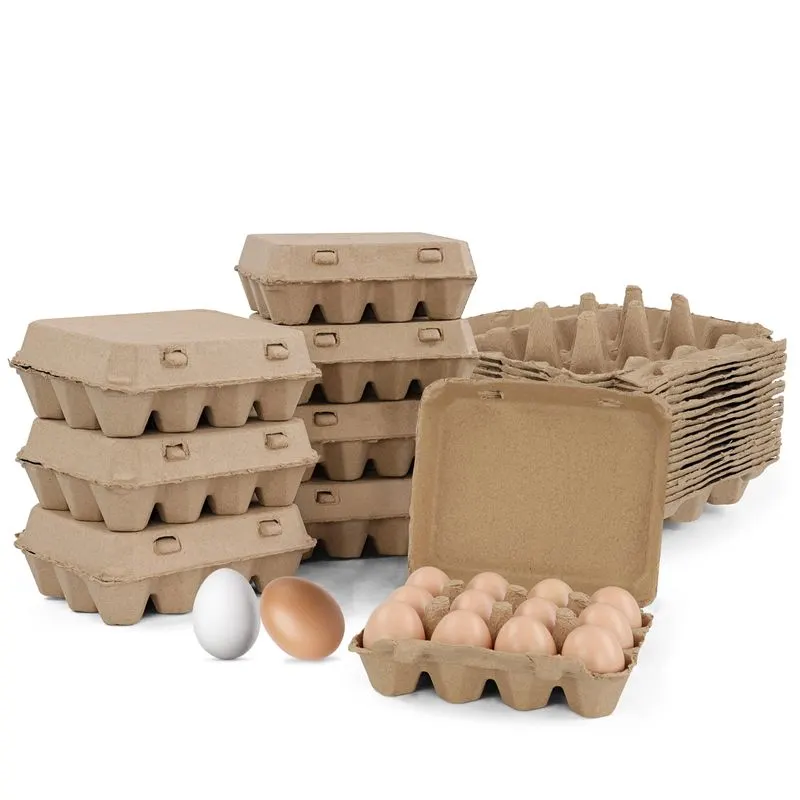
Cardboard egg cartons offer more than just a housing for eggs; they’re also perfect for composting once their job is done. These cartons break down quickly, adding carbon-rich material.
Shredding them into smaller pieces ensures they decompose faster. The next time you finish a dozen eggs, look at the carton as a composting asset.
This practice not only reduces waste but also enriches your soil, turning kitchen leftovers into garden gold.
Silk Flowers

Silk flowers, despite their synthetic name, can sometimes be composted if they are made from natural silk. Check the labels and ensure they’re free from synthetic elements.
As they fade and fray, give them a new purpose in your compost. They add a unique texture and organic material to the mix.
This creative endeavor can make your garden as vibrant as your home once was, with the flowers nurturing new life.
Wood Ash
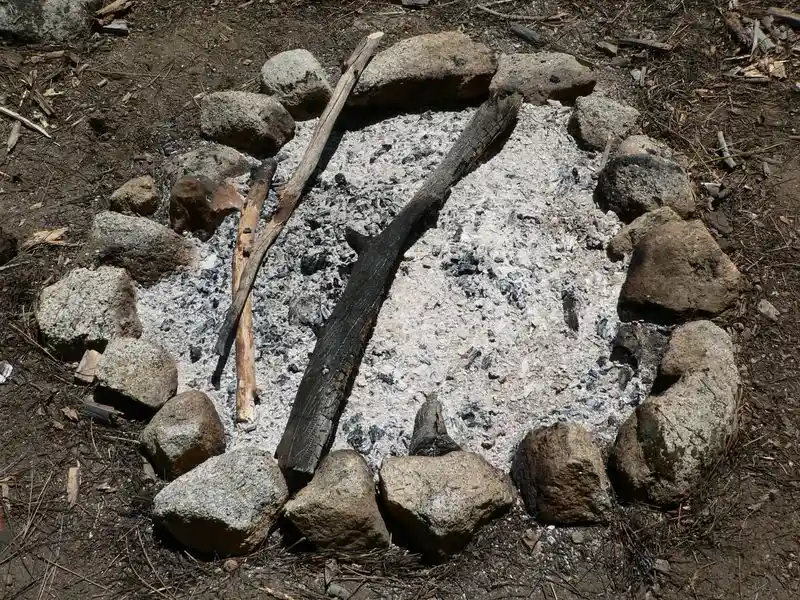
The remnants of your cozy fireplace sessions can benefit your garden. Wood ash, when cooled, can be sprinkled into your compost, enriching it with potassium and other trace elements.
Be cautious, though; too much ash can alter the pH balance. Using it sparingly enhances your compost without overwhelming it.
It’s a warm reminder of winter nights, now transforming into summer growth.
Natural Fiber Clothing Scraps
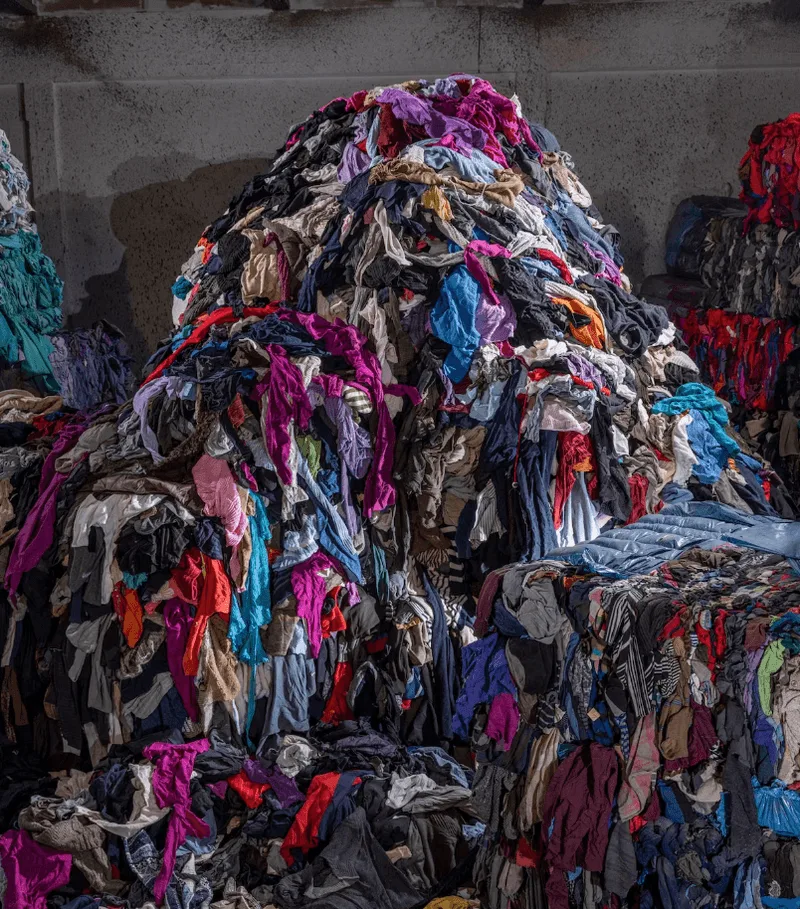
As clothes wear out, scraps from natural fibers like cotton and wool can be composted. These materials decompose well, adding organic matter to the pile.
Farewell old T-shirts and worn-out socks, as they find new life in the garden. Cutting them into smaller pieces aids decomposition.
This eco-friendly practice reduces textile waste and supports a sustainable cycle.
Nail Clippings
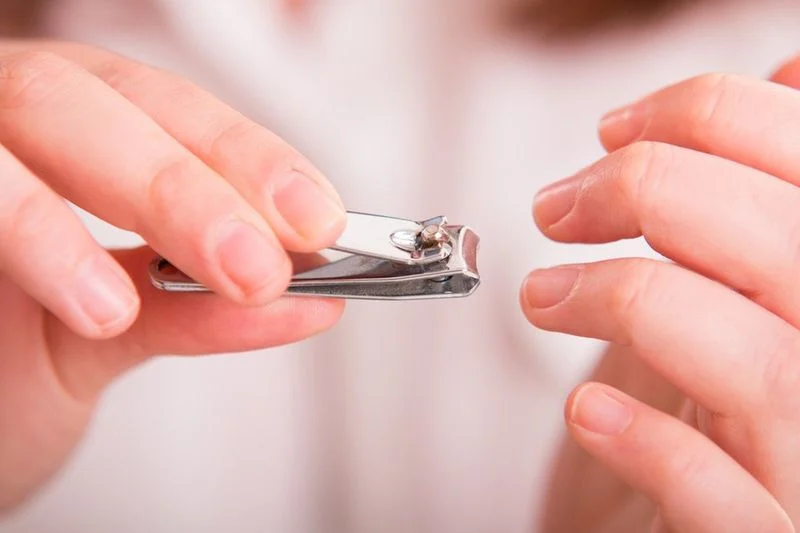
Nail clippings might seem trivial, but they’re organic and compostable. These small bits break down slowly, adding nitrogen.
Think of each clipping as a tiny contribution to your compost pile. While it may not seem significant, over time, these contributions add up.
By composting them, you’re embracing a zero-waste lifestyle, where even the smallest pieces have value.
Paper Receipts
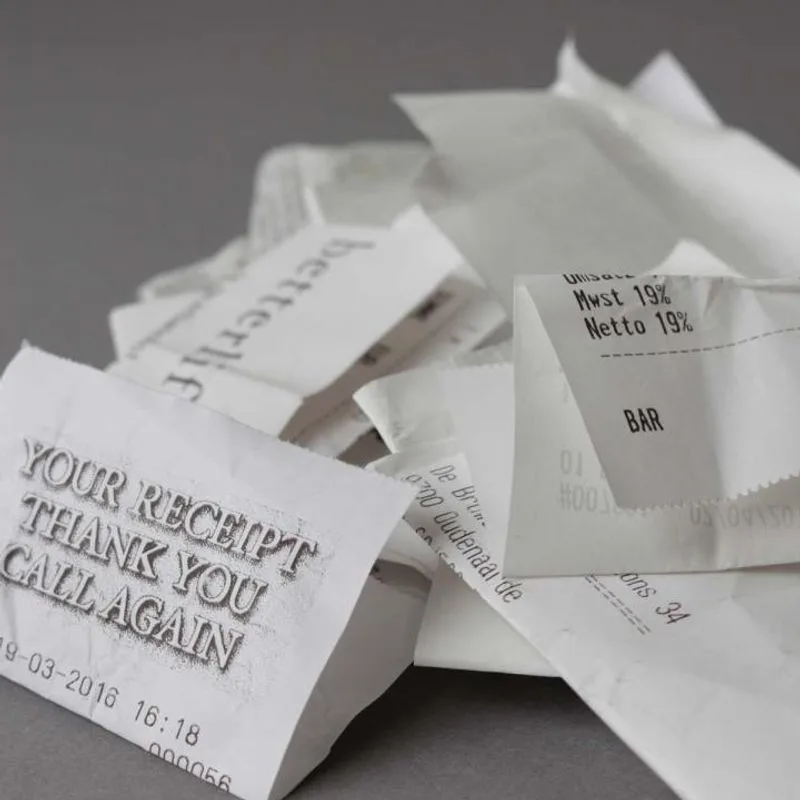
Paper receipts can sometimes be composted if they’re printed on plain paper and don’t contain plastic or harmful chemicals. They break down quickly, adding carbon-rich material.
As you clean out your wallet, consider the compost pile as a place for these bits of paper. This practice supports waste reduction.
By composting receipts, you help close the loop, ensuring even small papers contribute positively.

